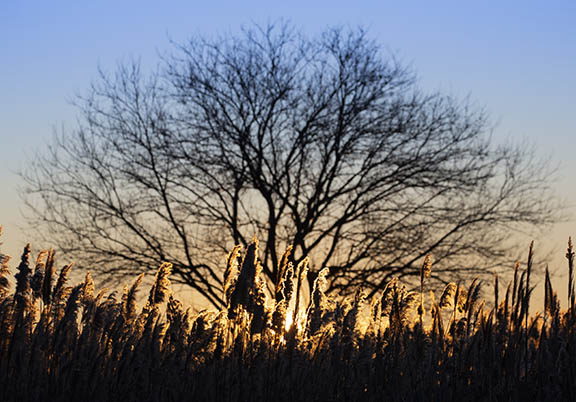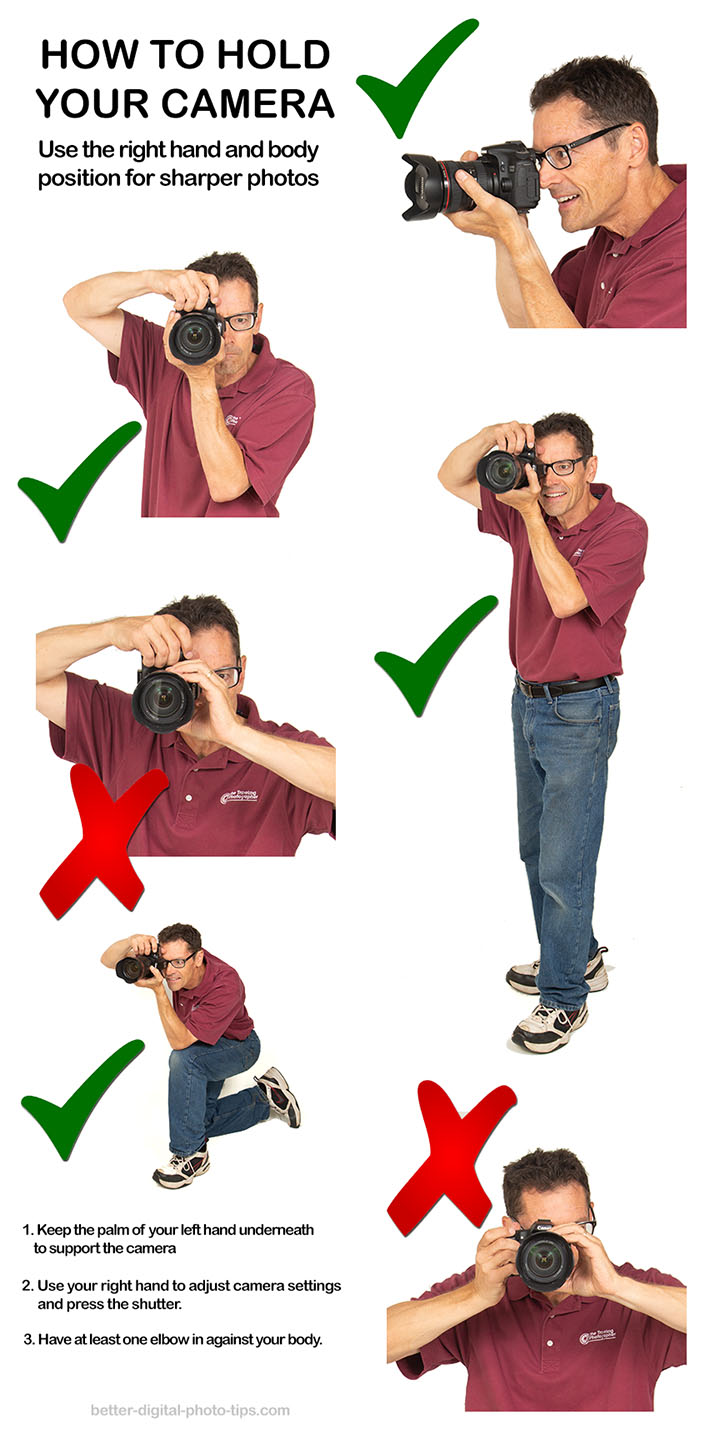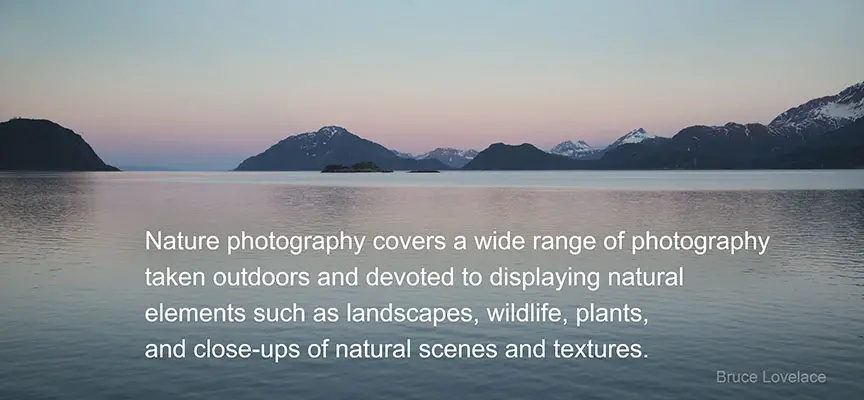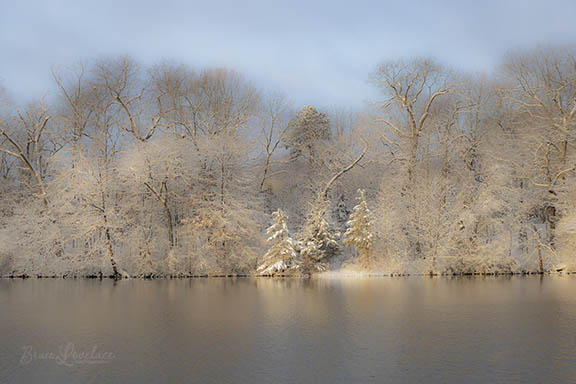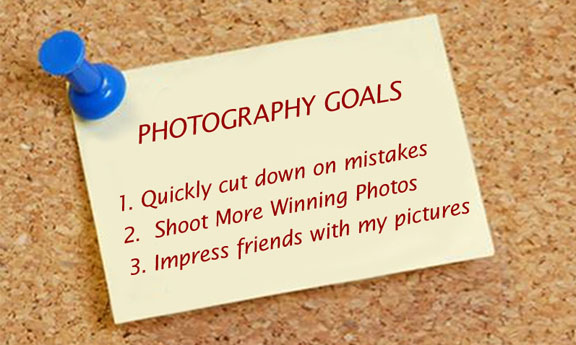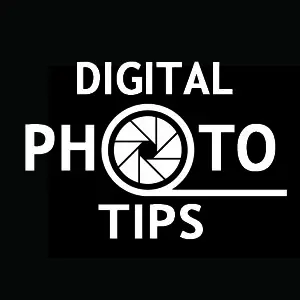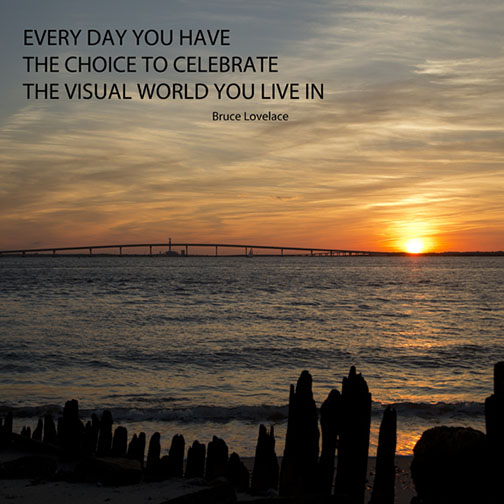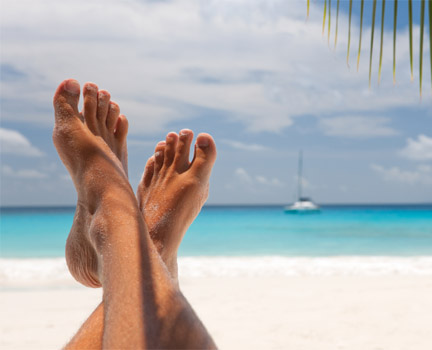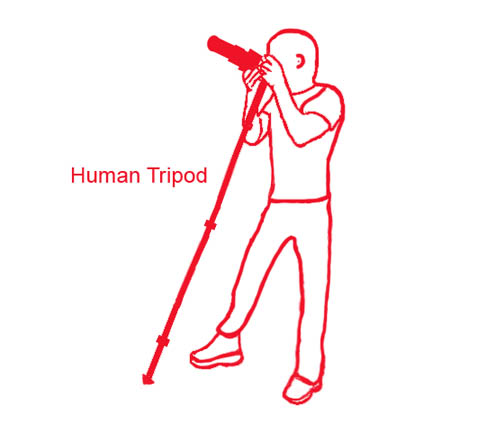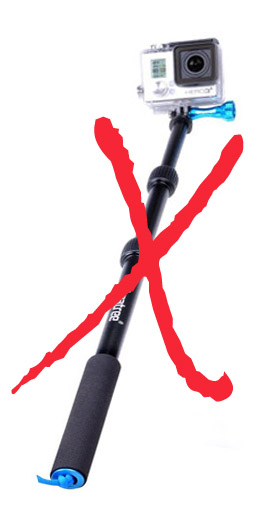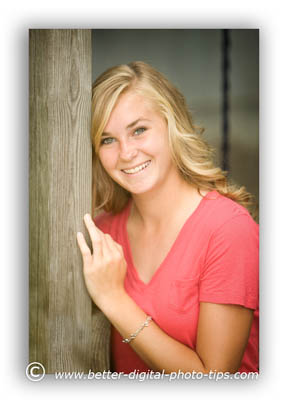HOW TO POSTS: LIGHTING AND COMPOSITION
the 3 keys to take better digital pictures
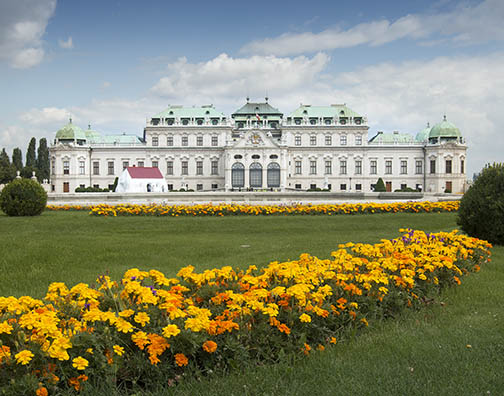 Good Composition,
Good Composition,Lighting, And Exposure
So, you want to learn how to take better digital pictures. Me too!
I've been at this for over 40 years and I still continue to learn. This post covers the 3 main elements you should address first and also lists the resources to master each one of the areas of composition, lighting, and exposure.
1. learn good composition
Here's today's digital cameras (including smartphones) do a remarkable job at analyzing the scene you present it with, but camera's can't apply good technique for you when it comes to choosing an angle, a perspective, or what to include in your composition. It is the single most important skill you can learn to take better pictures. Jump to the section on composition.
2. get a basic understanding of lighting
Light is the fundamental material you work with when "creating your masterpiece." Start with one basic goal: Learn how to observe the light. Simply look where it's coming from, it's brightness, the shadows it causes, how it is affecting your scene. They'll be plenty of time to improve your skill at this further as you progress. For now, simply start by paying attention to the light around you throughout the day, even when you're not actively taking photos. Jump to the section on lighting.
3. control exposure
The first thing to do is to learn how to override your camera's auto exposure when it misses the mark. Digital cameras do a remarkable kpb and taking care of this most of the time, but find out how to adjust it when you picture is too dark or too light. You will be presented with photo opportunities where you want to create a special effect by tweaking the amount of exposure your sensor gets. Jump to the section on exposure.
You can take extraordinary photos of ordinary objects by starting with those 3 basic elements and improve your photography dramatically.
Imagine what it would be like for you to improve your digital photography by just 5% each week. After just a month of very small weekly steps your photography would be 20% better. After a year, 250% better.
That's a significant improvement in taking better digital pictures. Here's a search box if you want to find out more about a specific topic on this website.
Search for a new topic on this site:
Each of these 3 elements for improving your photography has links to more detailed, in depth information. Make sure you know how to use your camera before you read this section. It may not be exciting reading, but you should read your Camera Instructions carefully before you work on learning how to take better digital pictures.
1. photo composition
One of the great things about shooting with a digital camera is that you can shoot a few variations of the same subject. You can compose horizontally (also called "landscape"), then turn your camera on it's side and shoot vertically (also called "portrait"). You'll get to take better digital pictures one way or the other. Just try both.
Try using diagonals when composing your pictures. I've given you a few sample photos with the use of diagonals as a photo composition tip on the Beginners Photography Page.
Experiment with several different photos of the same subject and you're sure to get a better digital photo. The photos below shows what a dramatic difference you get when you change perspective.
change perspective
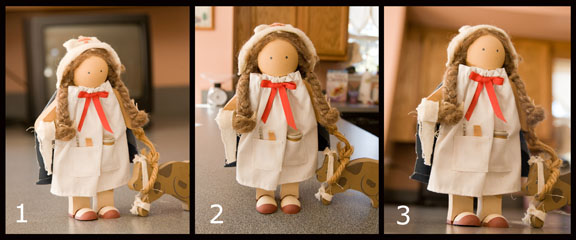 You can change your perspective to change the composition
You can change your perspective to change the composition- In photo #1 above, I used the telephoto setting on my zoom lens. This is a narrow view and so very little background shows. This telephoto setting is what I usually use to take better photos when shooting portraits,
- I zoomed out to wide angle and moved my camera very close to keep the doll the same size in photo 2. This wide view includes many more distracting elements in the background.
- In photo 3, I lowered the camera and cropped in a little. The nurse doll looks much taller, doesn't she? You can get more in depth composition tips like these at Photo Composition Tips.
2. photo lighting
I am still learning lighting after 40 years of photography. There are few simple qualities of light that are very important to be aware of. Once you know them, you will be able to take better digital pictures.
Learn to notice the direction of the light. Is it coming from high up above your subject, or from behind or in front? Look at the shadows it is creating. Usually a strong overhead lighting is the least flattering when photographing people.
Observe the intensity or the brightness of the light. Is it a big light source like a reflection from a nearby wall or building. Is it a harsh small, light like direct sunlight? Look at the photos below. All three photos are taken of the nurse doll in the exact same spot on my kitchen counter top.
use a few lighting tips to take better digital photos
Here's just two ways to improve your photography lighting, changing direction and using the built-in flash on your camera. The key point is to try a few things and observe the changes that occured.
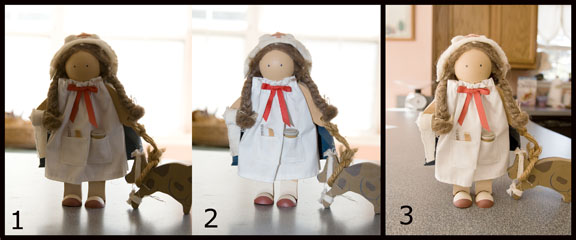
- In the first photo, I shot with two large windows behind my subject. This is very strong backlighting and the subject is too shadowed to make a great picture.
- I turned my flash on in photo 2. This is called "fill flash". It almost equalizes the light hitting the front of my subject with the light from behind.
- In photo 3, I moved to a 90 degree angle and turned the doll toward my new position. The result is a big, beautiful, soft, natural light source from those same windows. Much better photo!
change the timing
When you're shooting outdoors, the time of day makes all the difference in the world.
Taking better picture often means preparing and waiting for the best lighting. For this sunrise photo, I arose at 4:00 am on a very cold day, drove for 45 minutes, waited for about 30 minutes, and finally captured this great lighting which only lasted for a few minutes.
resources for PHOTO LIGHTING:
For some information on different options in how to light your photography with accessories. You'll learn about the 4 characteristics of equipment for photography lighting. Try Photography Lighting Equipment.
Here's a post on lighting that includes the 4 elements of lighting and how to use simple lighting. Visit Photography Lighting.
3. photo exposure
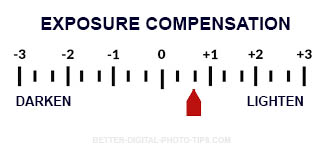
Your camera does a great job handling exposure most of the time, although learning a little extra about photo exposure will take you a step closer to getting great digital photos every time you press that shutter button.
You can correct for under exposure or overexposure in photo editing software when it's not too severe, but it's much better to get the exposure the way you want it in the camera. That saves you time later.
You're going to run into special situations like this beach scene below. That's when you adjust the exposure compensation on your camera to your liking. For more on that setting you can jump here and come right back.
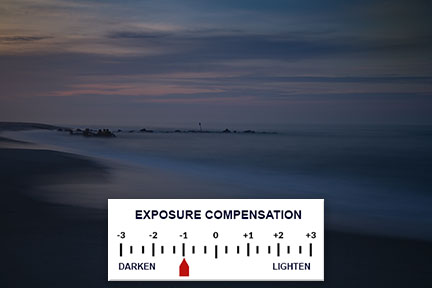 Minus 1 Exposure Compensation
Minus 1 Exposure Compensation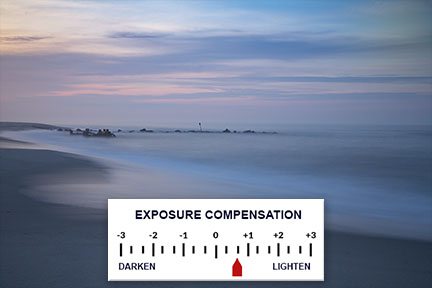 Plus 3/4 Exposure Compensation
Plus 3/4 Exposure Compensation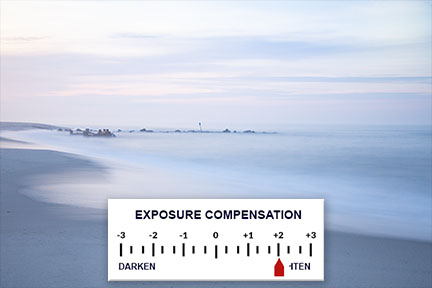 Plus 2 Exposure Compensation
Plus 2 Exposure CompensationOnce you understand how a camera works, it gets easier. The relationship between the shutter speed, aperture and ISO will get a little more clear in your mind, and you'll be in control and have the ability to get even more creative.
- SHUTTER SPEED is how long the shutter is open to allow the light to enter the camera.
- ISO is how sensitive the sensor is. You control how much light the sensor needs for a good exposure.
- APERTURE is the size of the opening that allow the light to enter the camera. Think of your own eyes and how your pupils open up more when it's dark and how they close down smaller when it's bright.
use the exposure triangle to take better exposed digital pictures
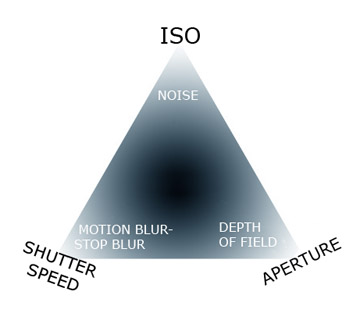 Exposure Triangle
Exposure TriangleThe exposure triangle illustration to the right shows the three camera settings that effect photo exposure.
For any given subject, if you change any one of the three settings, at least one of the other camera settings must change to keep the correct exposure. If your digital camera is set on an automatic setting, the change will be made for you.
For a more detailed explanation of the 3 exposure settings on your camera of shutter speed, aperture, and ISO, try this article: Photo Exposure Tips.
Learning the 3 components of photo composition, photo lighting and photo exposure will take you a long way to help you take better digital pictures. There's one more important topic to include to help you take better pictures.
The biggest issue beginning photographers come across is blurry photos. Here's a quick solution to eliminating that problem.
How to take sharper photos
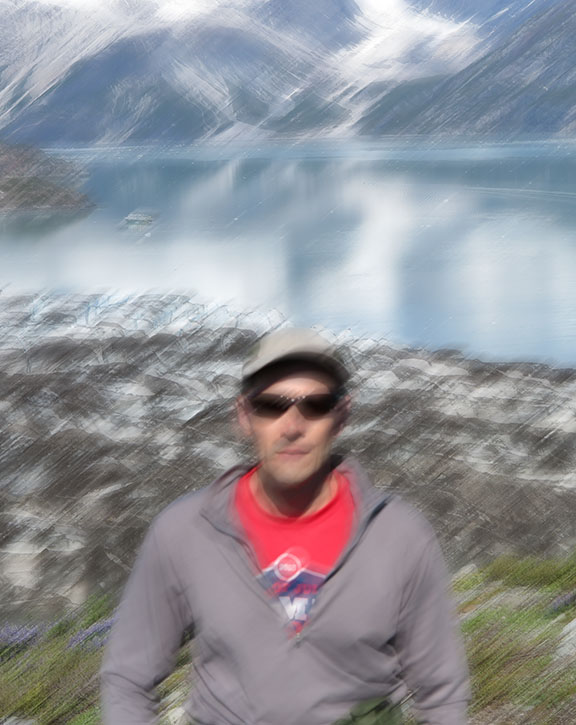
The biggest source of disappointment for many newbie photographers is blurry photos. This means that one of the simplest ways to take better photos is to improve your sharpness. Here are 3 simple tips for improving sharpness in your photos.
1. USE A TRIPOD. It will slow you down and force you to take a little more time making your photo. It will also eliminate blur caused by camera movements, one of the biggest reasons for blurriness.
2. USE A HIGHER ISO SETTING. This will let your camera's auto exposure system use a faster shutter speed and freeze your subject and your camera.
3. LEARN BETTER FOCUSING. Whether you have a touch screen or use your camera's viewfinder, you do have control over what your lens focuses on. Read your camera manual section on focusing. It will make a world of difference for you.
My strengths in photography have always been toward the technical, numerical, geometric stuff. Photography is more of an art than a science.
You can improve your photography by getting some creative inspiration. Here is an alternative book that will interest you.
It is not a book on the technical side of photography. It's not a how to book for beginners.
It is more about a purposeful thought process behind making photographs. It's good book for developing your creativity, illustrated with a lot of sample photographs.
It's an amazing time to be interested in photography. Have a blast learning how to take better photographs. For more beginner tips and other resources, see the links below.


ABOUT BRUCE LOVELACE
Bruce is the publisher of this website. He is the author of the book "Improve Your Photography Instantly." Read more on Bruce on his Bio Page. He's been known as The Traveling Photographer ever since 1994. Read more about this website.
View some of Bruce's photos on Instagram. Visit the Facebook Page. Watch him on YouTube. Bruce runs photo workshops for kids and adults, and provides one-on-one photography coaching.
Digital Photography Education Location on Google My Business
VIDEO on setting EXPOSURE compensation
Here's a good explanation of exposure compensation. He's a Nikon guy, but we won't hold that against him.
